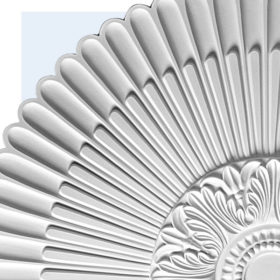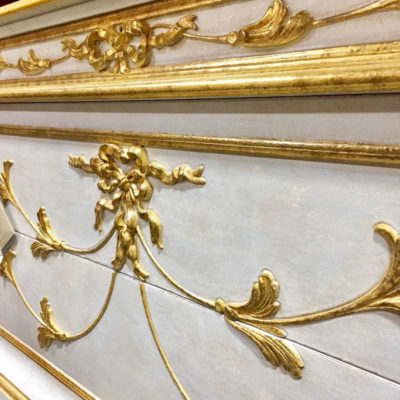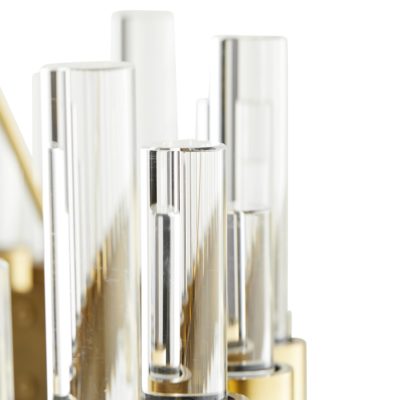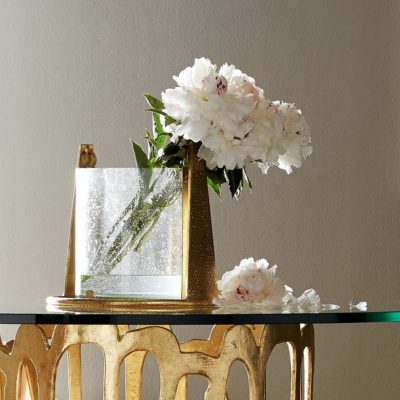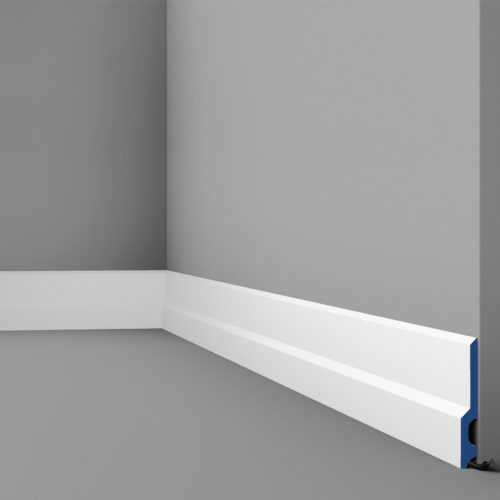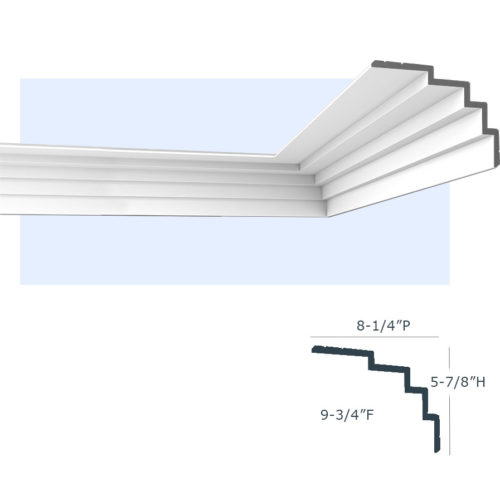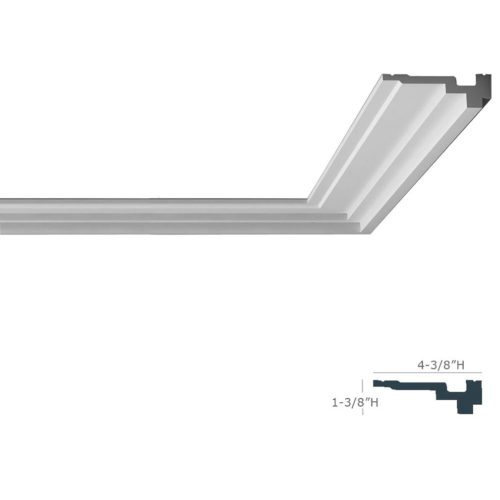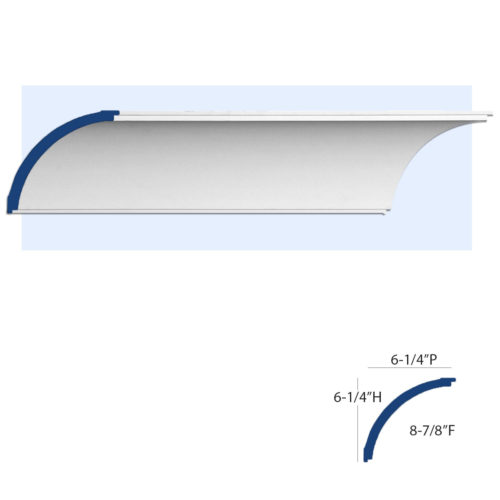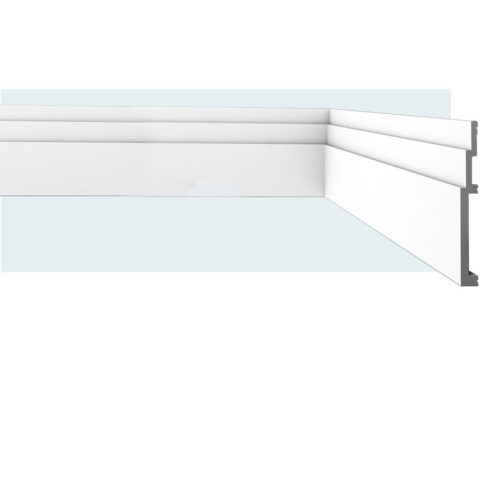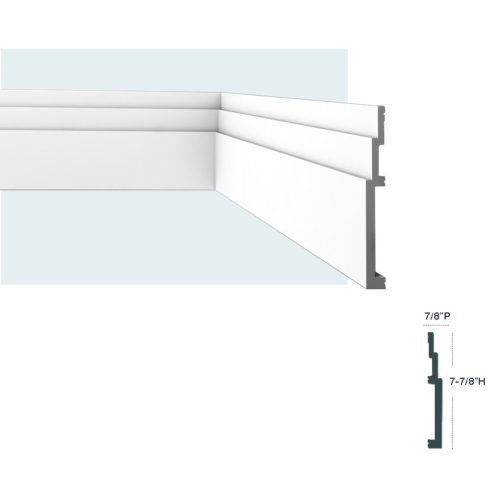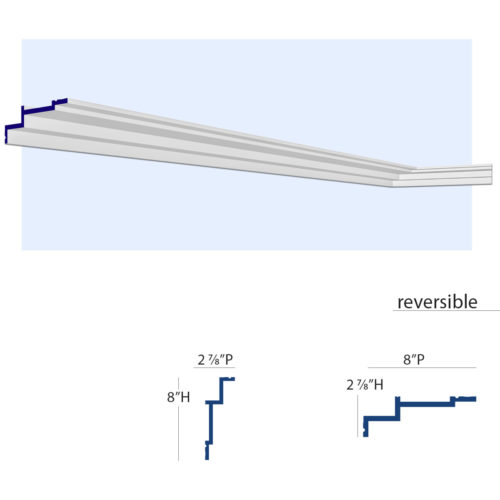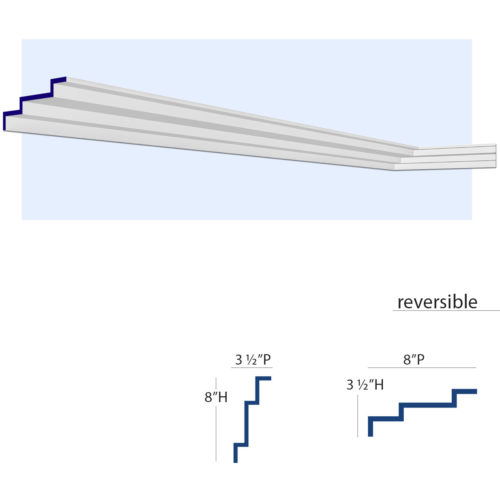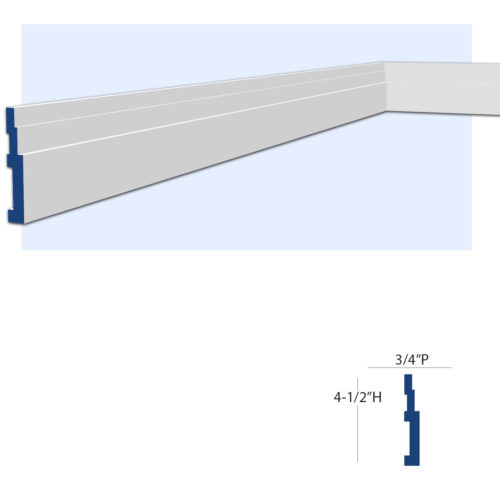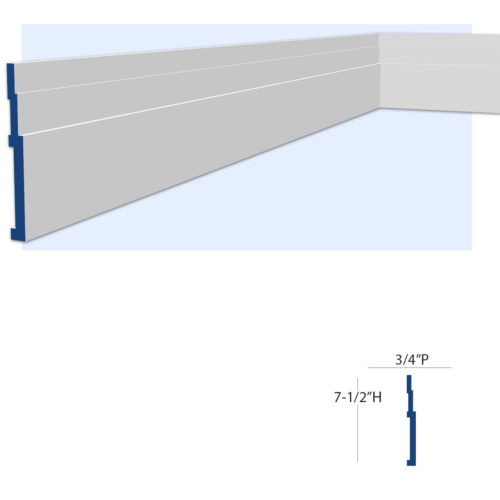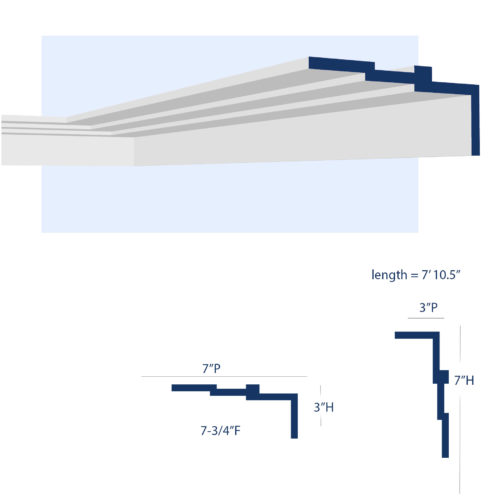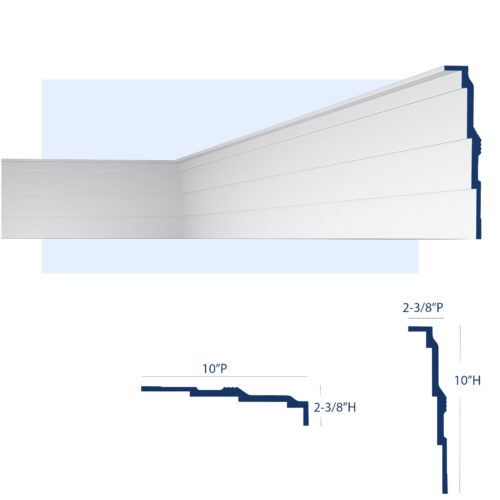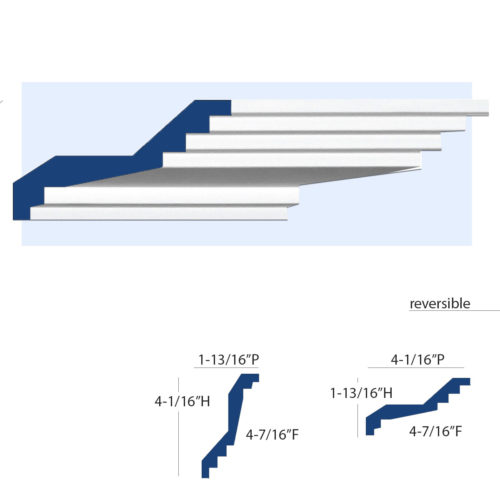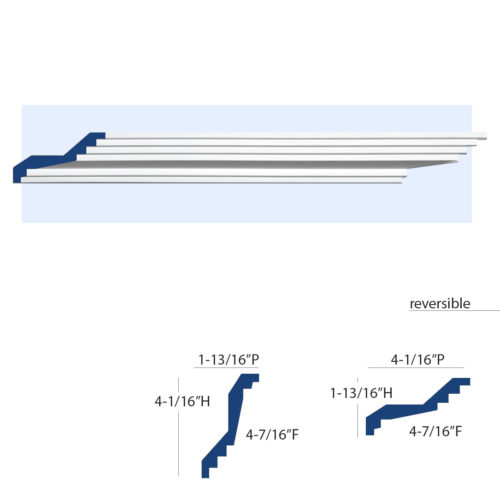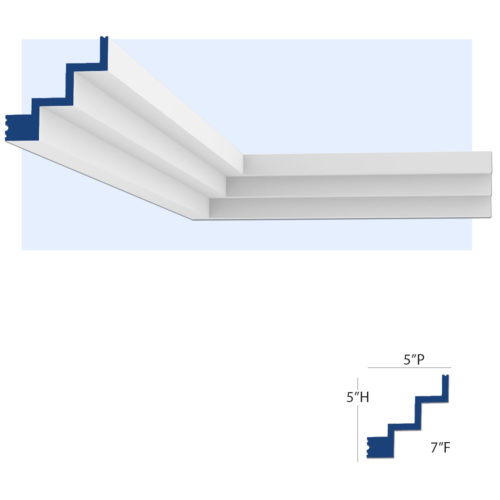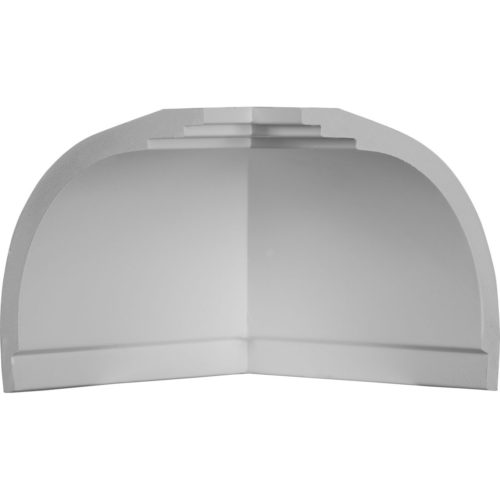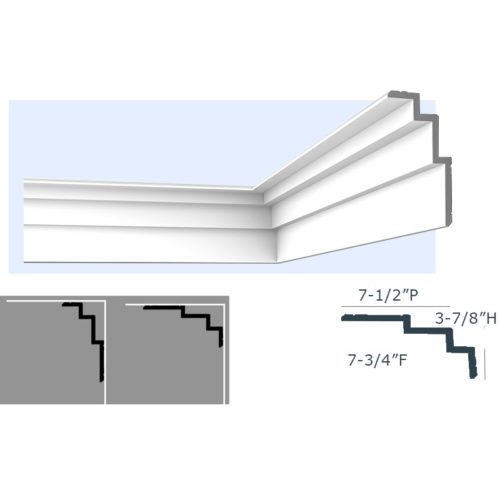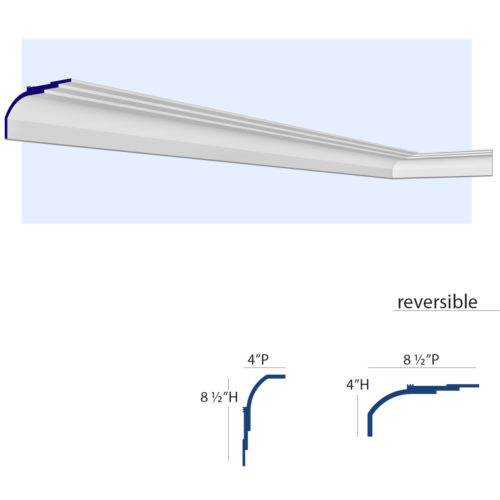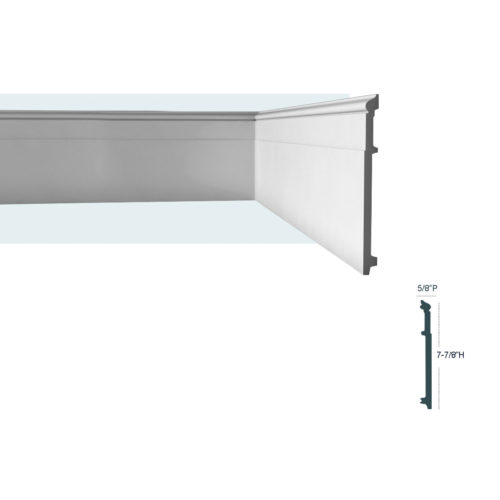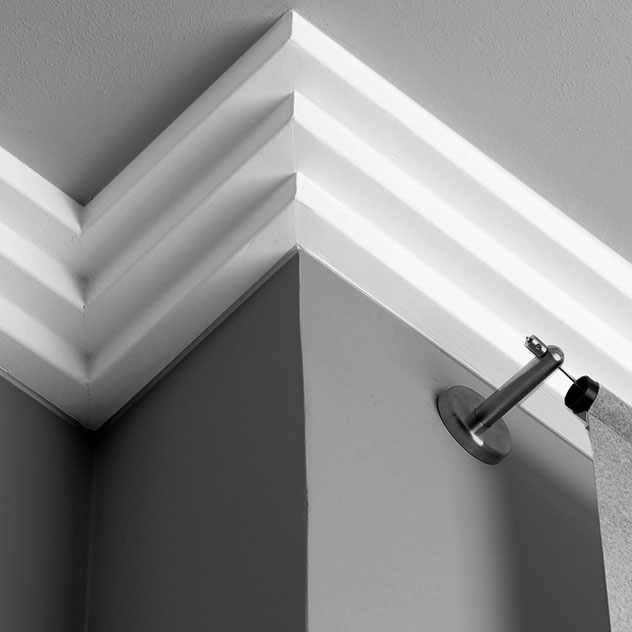A Brief Art Deco History
“Art Deco style is reappearing because Americans need a vacation from their problems.”
The City of Lights, 1925. Advertised as the Exposition Internationale des Arts Decoratifs et Industriels Modernes, the world’s most renowned, influential artists and designers converged together in Paris to share a vision of the future. This high profile event, the International Exhibit of Decorative Arts and Modern Industries, was organized to present the evolution of design. Hailed as a “celebration of living in the modern world, the exhibition showcased the contributions of artists’ modern interpretations of established designs.
The collective of artistic visions, described as experimental and avant-garde, suggested the beginning of something revolutionary in the world of modern design. From this exhibition, a new design tradition emerged. Originally dubbed Style Moderne, the design movement now recognized as Art Deco would be given its proper name in 1968 when the passage of time allowed for the studied retrospective of the phenomenon it proved to be.
Upon its arrival in America, Art Deco swiftly enveloped American culture; its widespread applications proved its appeal was based on more than simple visual allure. Style Moderne concisely defined the contemporary times of the 1920s and 1930’s America. Spurned by the events of World War I, a healthy economy provided the perfect conditions for positive outlooks and collective good spirits. The movement banished the design traditions of the past; Neo-Classical, Revivalist, and Victorian design movements were too stuffy and austere to convey the values of contemporary America. Style Moderne was decorative, functional and cutting edge. The revolutionary Style Modern married luxury and function in a versatile design.
During its apex in the ’20s and ’30s, Art Deco style defined the mindsets and lifestyles of the times. Art Deco served as an interpretation of the social norms, expectations, dreams, desires, interests, fascinations, frivolities and spontaneities of the culture in which it developed. A redistribution of wealth, brought on by the end of darker times, paved the way for industrial progress. Prohibition was prohibited, and a sense of revelry and celebration pervaded the country. Women cut their hair, hemmed their skirts, and asserted their rights. Morale was at an all-time high; the future was bright with promise.
Art Deco Style is the definition of eclecticism. Drawing inspiration from a wide variety of sources, Art Deco Style has its unique look that is difficult to define. Its range of characteristics makes it an extremely versatile style, and an enjoyable one to work with since Art Deco is easily integrated into a wide variety of personal styles. This makes Art Deco admired by many and a favorite among collectors.
Art Deco and the Transcendence of the Everyday Object
The fusion of the Art Deco design and American culture spawned a movement that influenced every aspect of the contemporary lifestyle and captured the spirit of the ’20s and ’30s through the modern reinterpretations of traditional designs. Inherent in works of fine art and the designs of the interior of architecture, fashion, home furnishings, industrial mechanisms, ocean liners, automobiles, and even common household items, the Art Deco style updated the traditional forms of the past.
Art Deco’s signature clean, streamlined forms encourage the eye to glide along the smooth, uninterrupted outline of the design. The aerodynamic appearance of a streamlined design conveys a sense a movement. Commonly applied to ocean liners and automobiles, the sleek, modern forms allude not only to speed but also to the consumerism of the period. Streamlined automobiles depicted in advertisements suggested power and a membership to the upper class, and streamlined ocean liners hinted of leisure cruises and vacations.
Perhaps the most interesting examples of Art Deco style are in the reinterpretation of common household objects. Art Deco philosophy dictated that every object, no matter how humble its purpose, could be transformed into art through a decorative application. Before the art deco movement, cigarette lighters were typically unremarkable in appearance. However, cigarette smoking became the vogue in the ’20s and ’30s and as a result; the status of the cigarette lighter was that of a fashion accessory. And so cigarette lighters were transformed into sculptured, streamlined, lacquered, and embellished designs; transformed from humble object to artistic application of the Art Deco tradition.
In the 1920s, Art Deco updated the designs of classical traditions and indigenous art forms of expression and joined them with its modern representations. The artists and designers of the Art Deco period continued to draw heavy inspiration from Nature and adhered to the guidelines that define The Golden Ratio.
Art Deco is laden with symbolic icons and motifs, drawing reference from the past, but also illustrating the present values of the time as well as society’s aspirations for the future.
During the Art Deco era, the redistribution of wealth after World War I funded the growth spurt of urban areas. As a result, the birth of the skyscraper became a symbol of progress and nationalistic pride, representing America’s place in a brave, new world. As a motif, the stepped, pyramid-like form of the skyscraper was represented on Art Deco furniture and lighting.
The Legacy: Art Deco Modern Revival
The Art Deco movement collapsed in 1940. As times of war tend to do, the collective high spirits of American culture expended gracelessly like hot air from a balloon. The optimistic outlooks of the culture crashed faster than the stock market.
Historically, Art Deco was the breath of fresh air taken between the smoke of World War I and World War II. The Great Depression and the belt buckling that accompanied it destroyed the spirit which fueled the Art Deco movement. Perhaps this is the reason why the Art Deco movement came to be associated with frivolity and false luxury in the minds of those who experienced the period.
The look associated with Art Deco style has had periodic revivals since its 1940 decline, often represented in the entertainment sectors of film and animation. The graphic advertising prints of the ’20s and ’30s are common fixtures in entertainment establishments, such as restaurants, lounges, and night clubs. Also, a surge in the renewed popularity of art deco style is driving the reinterpretation of the style in the designs of contemporary home furnishings.
Today, Art Deco style goes by a new name; it is sometimes known as retro-modern, sometimes as vintage modern or some variation of the two. Regardless of the label attached to the style, it still looks fresh and modern. In spite of this enduring quality, to deny its origins and historical relevance would be cultural plagiarism.
Recently, many celebrities (with the assistance of a personal stylist) are adjusting their personas to capture the smoldering glamour possessed by legendary starlets during the era of old Hollywood. Naturally, the actions of celebrities spark the fashion trends that spread like wildfire through the boutiques and shopping malls of America.
Americans yearn to remember a time when the future looked bright with promise; a desire to return to a time when a woman never left her home without dark red lipstick and dark eyeliner; to daydream of a time when the classy, streamlined design of an automobile was a sexy thing to look at. Ingeniously capitalizing on the glamour of old Hollywood style, the Art Deco style’s rebirth as vintage modern, seduces American trends and popular culture through the sweetness of nostalgia.
To live in the present day means to exist in a time of uncertainty. It is a time of war with no end in sight. We are disillusioned by a chain of events that infuriate us. Feeling the weight of uncertainty is frustrating; making it difficult to determine how to answer a child’s questions, and what information to include, or omit. And ignoring the 1,000 lb pink elephant in the corner of the room is proving to be an impossible task: the health of the planet, steadily declining to an end that will prove to be an apocalyptic finale.
Why is Art Deco style returning? As Bill Murray famously said in the classic film What about Bob? “I’m on vacation! A vacation from my problems!” Art Deco style is reappearing because Americans need a vacation from their problems. The vintage modern trend appeals to modern popular culture because of the psychological associations connected to the Art Deco period, instilling nostalgia for a period in history that exemplifies positivity. The spirit of Art Deco during the ’20s and ’30s defines the essence of the American Dream. The optimism, the cultivation of beauty and glamour in every day, and the pursuit of hedonistic happiness inspire a popular culture to lighten up, to keep the faith, to foster pride and to make the most of every day.

